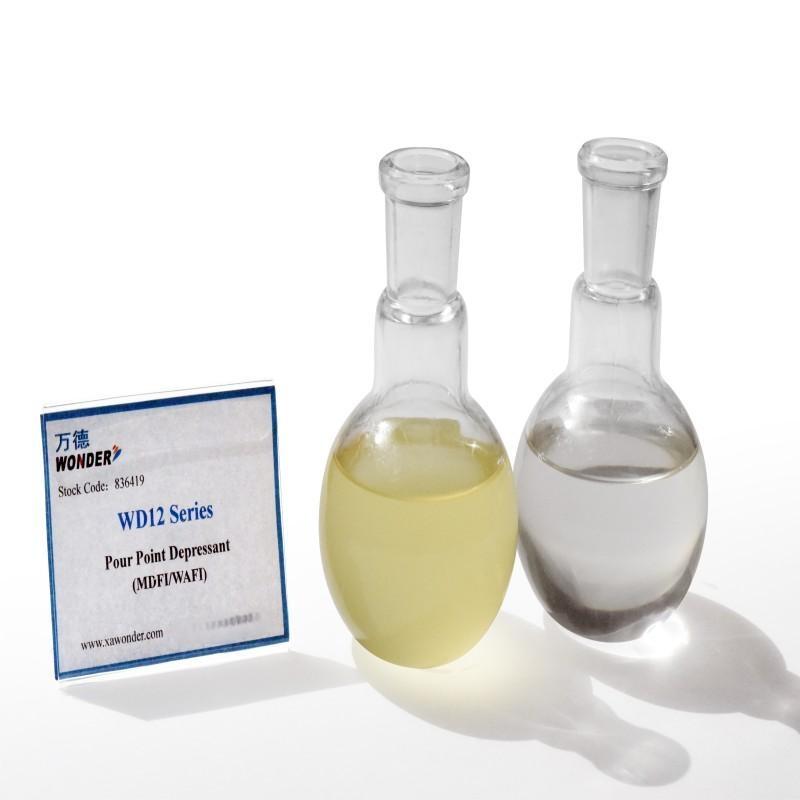-
Categories
-
Pharmaceutical Intermediates
-
Active Pharmaceutical Ingredients
-
Food Additives
- Industrial Coatings
- Agrochemicals
- Dyes and Pigments
- Surfactant
- Flavors and Fragrances
- Chemical Reagents
- Catalyst and Auxiliary
- Natural Products
- Inorganic Chemistry
-
Organic Chemistry
-
Biochemical Engineering
- Analytical Chemistry
-
Cosmetic Ingredient
- Water Treatment Chemical
-
Pharmaceutical Intermediates
Promotion
ECHEMI Mall
Wholesale
Weekly Price
Exhibition
News
-
Trade Service
International oil prices have fallen for three consecutive days
.
Affected by this, the domestic commodity futures market crude oil varieties followed the decline
.
As of the close of trading on October 13, the main contract of SC crude oil futures closed down 0.
46%, and the main contract of high-sulfur fuel oil futures closed down 3.
87%.
Oil stocks closed generally lower, with PetroChina (601857.
SH), Sinopec (600028.
SH) both fell more than 1.
3%, and CNPC Engineering (600339.
SH), Taishan Petroleum (000554.
SZ) fell 1.
36% and 0.
57%
respectively.
On the news, OPEC, the International Energy Agency (IEA), and the US Energy Information Administration (EIA) have unanimously lowered global oil demand
.
The IEA's latest monthly report released on Thursday (16:00 Beijing time on October 13) lowered its forecast for global oil demand growth in 2022 to 1.
9 million b/d, cut its 2022 oil demand forecast by 10,000 b/d to 99.
6 million b/d, and cut global oil supply forecasts in 2023 by 1.
2 million b/d to 100.
6 million b/d
.
The EIA's short-term energy outlook on Wednesday showed global crude demand growth is expected to be 1.
48 million b/d in 2023, compared with 1.
97 million b/d
previously expected.
U.
S.
crude oil production is expected to increase by 500,000 b/d in 2022, compared to 540,000 b/d
previously.
U.
S.
crude oil production is expected to increase by 610,000 b/d in 2023, compared with 840,000 b/d
previously.
On the same day, OPEC also lowered its forecast for global oil demand growth in 2022, while also lowering its forecast for oil growth in
2023.
OPEC has cut demand growth four times
since April.
OPEC expects global crude oil demand growth to be 2.
64 million b/d in 2022, compared with 3.
1 million b/d previously; Global crude oil demand growth is expected to be 2.
34 million b/d in 2023, compared to 2.
7 million b/d
previously.
In addition, a stronger dollar has also weighed on
oil prices.
On October 12, local time, the US producer price index in September exceeded expectations, and the high inflation fever did not subside or caused the Fed to continue to raise interest rates
aggressively.
According to the minutes of the September Federal Open Market Committee (FOMC) meeting released by the Fed, the Fed is likely to raise interest rates by 75 basis points and 50 basis points
at its November and December meetings, respectively.
The dollar index rose to a high of 113, returning to a two-week high
.
Correspondingly, oil prices came under pressure, with WTI crude futures falling 2.
33% to settle at $87.
27 a barrel; Brent crude futures fell -1.
95% to settle at $92.
45 a barrel
.
Just last week, OPEC and non-OPEC oil producers decided to significantly reduce production by 2 million barrels per day and other factors, and crude oil futures prices in the international market rose
for five consecutive trading days.
Among them, the active WTI crude oil futures contract once climbed to $93.
64 / barrel on October 7, a weekly increase of more than 22%.
The industry generally believes that the international crude oil price continues to rise with insufficient momentum, from the future supply and demand relationship and macro environment from the perspective of geopolitical conflict risk to reduce supply, and the reduction in global crude oil demand also has an impact
on prices.
Although the current international oil price continues to fall, the price is still at a relatively high level
.
According to Tonglian statistics, the price of Brent crude oil is 21%
higher than the beginning of the year.
Wang Yilu, an energy analyst at Donghai Futures, believes that due to the disturbance of supply-side factors, autumn and winter heating demand and industrial demand support, international oil prices will remain high in the short term
.
The price center is expected to remain above $90/b for some time to come, but if consumption performs poorly, high oil prices may be difficult to maintain
.
In the view of Zhang Zongjun, crude oil analyst at Meyer Futures, this round of overseas inflation is at a historic high, the probability of a rapid decline in oil prices is not large, and the market focus is more on the gradual slowdown in
oil demand growth.
It is expected that the international oil price will run
in the range of 90~100 US dollars / barrel after the center of gravity shifts.
In addition, in the face of volatile energy prices, the Office of the Chief Investment Officer (CIO) of UBS Wealth Management recommends using renewable energy holdings in investments to balance exposure to traditional energy sources
.
Programs to improve energy security should continue to be one of the key long-term growth drivers in
the coming years, the agency said.
As the energy transition continues to drive up commodity prices and investment in clean energy supply chains, there are opportunities
in areas related to renewable energy, including green technologies, energy efficiency, clean air and carbon conservation.







